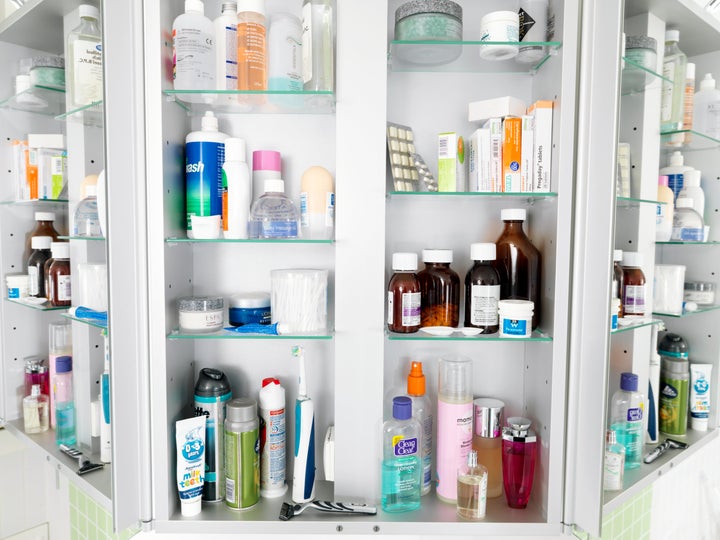
Few of us pay attention to expiration dates on beauty products. But with the recent proliferation of natural beauty and skin care products, experts say we’re wasting our money (and potentially messing up our skin) if we don’t change that mindset.
How expiration dates work
Manufacturers run a vast number of stability tests in their labs to determine how long a formula can work at peak performance without being altered by external factors.
“This can involve storing the product under various conditions, like different levels of humidity and temperatures, and checking for changes in appearance, texture and odor over time,” dermatologist Alpana Mohta explained. The manufacturer may also conduct testing to assess the potential for the product to support the growth of bacteria, fungi and other microorganisms. “Based on the results of these tests, the manufacturer can determine the shelf life of the product and, therefore, its expiration date,” Mohta added.
It’s important to note that in the United States, the Food and Drug Administration only requires drugs to have expiration dates. When dealing with cosmeceuticals (usually defined as cosmetic products boasting ingredients that have medical benefits), the recommendation is to include an expiration date or a period-after-opening label on packages.
These dates are often different for natural products
When it comes to natural skin-care products, the process of setting an expiration date works more or less the same. However, given that these items typically contain fewer chemicals than their counterparts, the time frames tend to be much shorter.
“More natural or clean products are formulated to exclude harmful chemical preservatives, which can be allergens, irritants for the skin or potential hormonal or environmental disruptors,” said Dr. Marianna Blyumin-Karasik, a board-certified dermatologist. “In general, synthetic preservatives in skin care are more potent at prolonging the shelf life of the products compared to natural preservatives.”

The preservatives used in these more natural skin care options include tea tree oil, salicylic acid and gluconolactone — all considered effective in maintaining the composition of a product, albeit for shorter time spans than the alternatives.
“One disadvantage of utilizing natural beauty products is that they expire sooner,” Mohta said. “Preservatives make conventional cosmetic products viable for up to two years, but natural products made without parabens may last only three or four months.”
What happens if you use a beauty product past its expiration date?
Two things can happen after the expiration of natural beauty products.
First, they become less effective as the ingredients deteriorate over time. In fact, expired beauty items may actually change in form. Due to oxidation, most naturally colored items will turn brown when exposed to sunlight. Others might change in hue completely.
“So, if a product is used twice a day, every day, you should consider the increased exposure to air when selecting packaging, preservatives and colors,” Mohta said.
Second, they can be bad for your skin.
“In some cases, bacteria may begin to form, resulting in rashes, breakouts or infections,” Mohta explained.
Can the shelf life of natural cosmetics be extended?
According to Blyumin-Karasik, there are some ways to maximize the longevity of your natural beauty products.
First, you can store the items in airtight containers, such as pumps and twist-open jars. That will ensure less exposure to air and microbes, and therefore less risk of contamination. And if you use your fingers or an applicator to apply a product, “wash hands or applicators prior to use in order to preserve purity,” she said.
You can also turn to your kitchen for help. “Storing beauty products in the refrigerator can help extend their shelf life by delaying the growth of bacteria and fungi,” Mohta said. “Keep in mind that not all products can be stored in the fridge, so check instructions for specific storage recommendations.”
One more note: If a product starts smelling different (musty or fishy, for example), it’s time to discard it.
Tips for keeping track of expiration dates
While abiding by skin care expiration dates is important, life can get in the way. So here are three tips to keep track how much time you have left:
- Use a label maker to make a note of when you opened a new product and when it expires. Stick it on the item as soon as you start using it.
- Download the Beauty Keeper app to keep track of all important dates — from “best used before” to “opened on” reminders.
- Once every six weeks, do a sweep: Check each item in your beauty closet and throw out ones that are expired or are just about to. You should also use this time to clean all your brushes, which is just as important as only using unexpired skin care products.